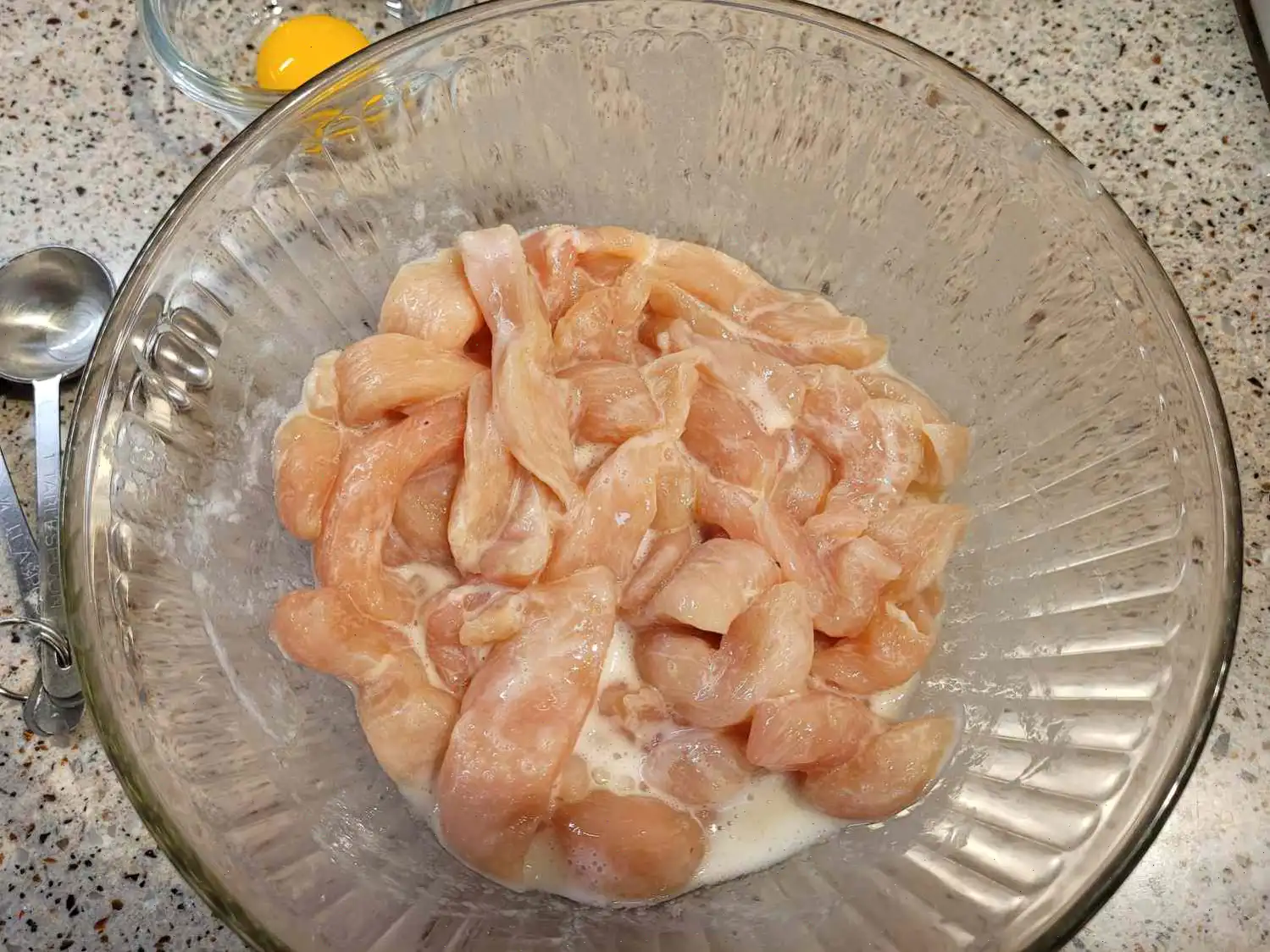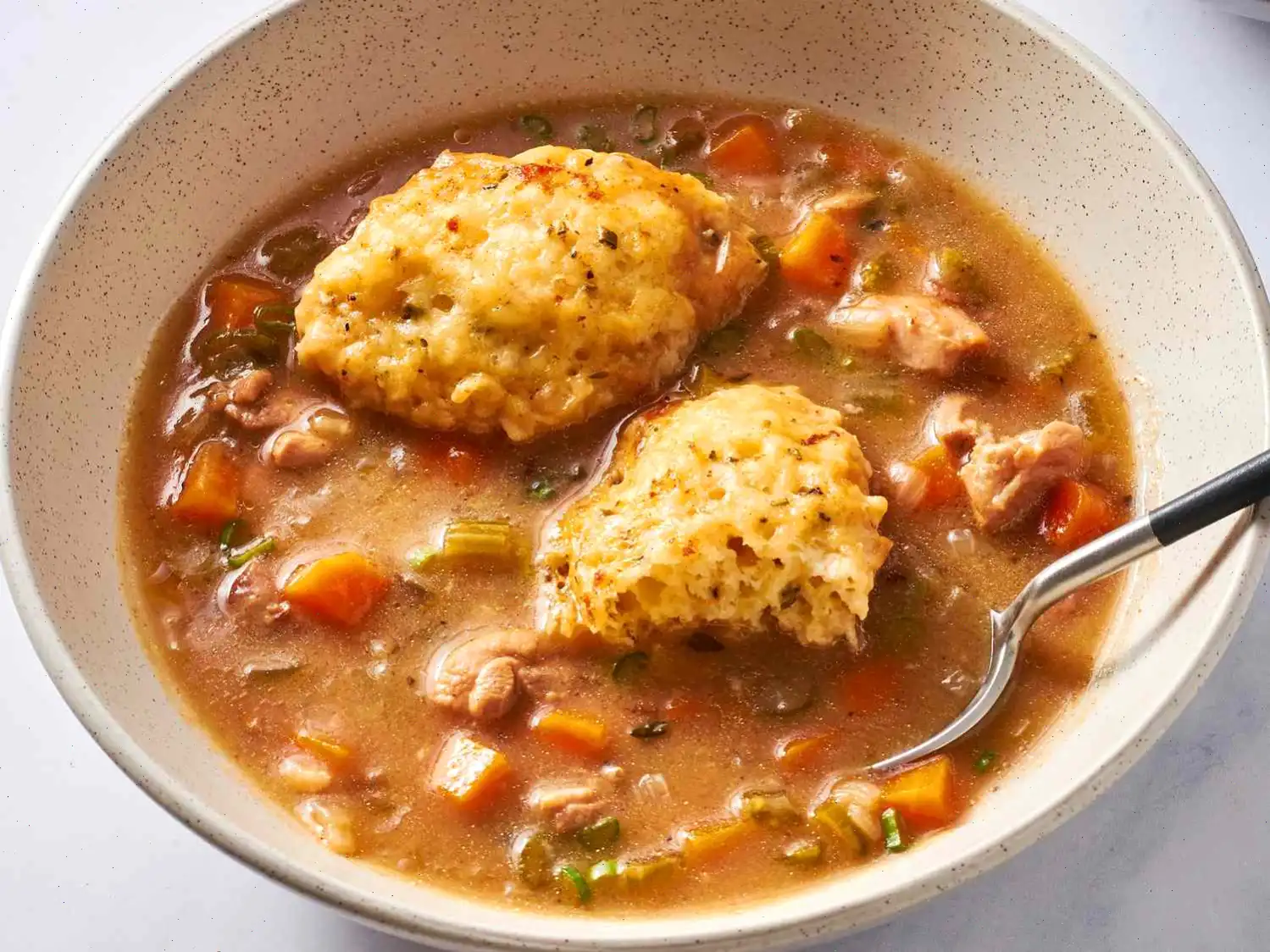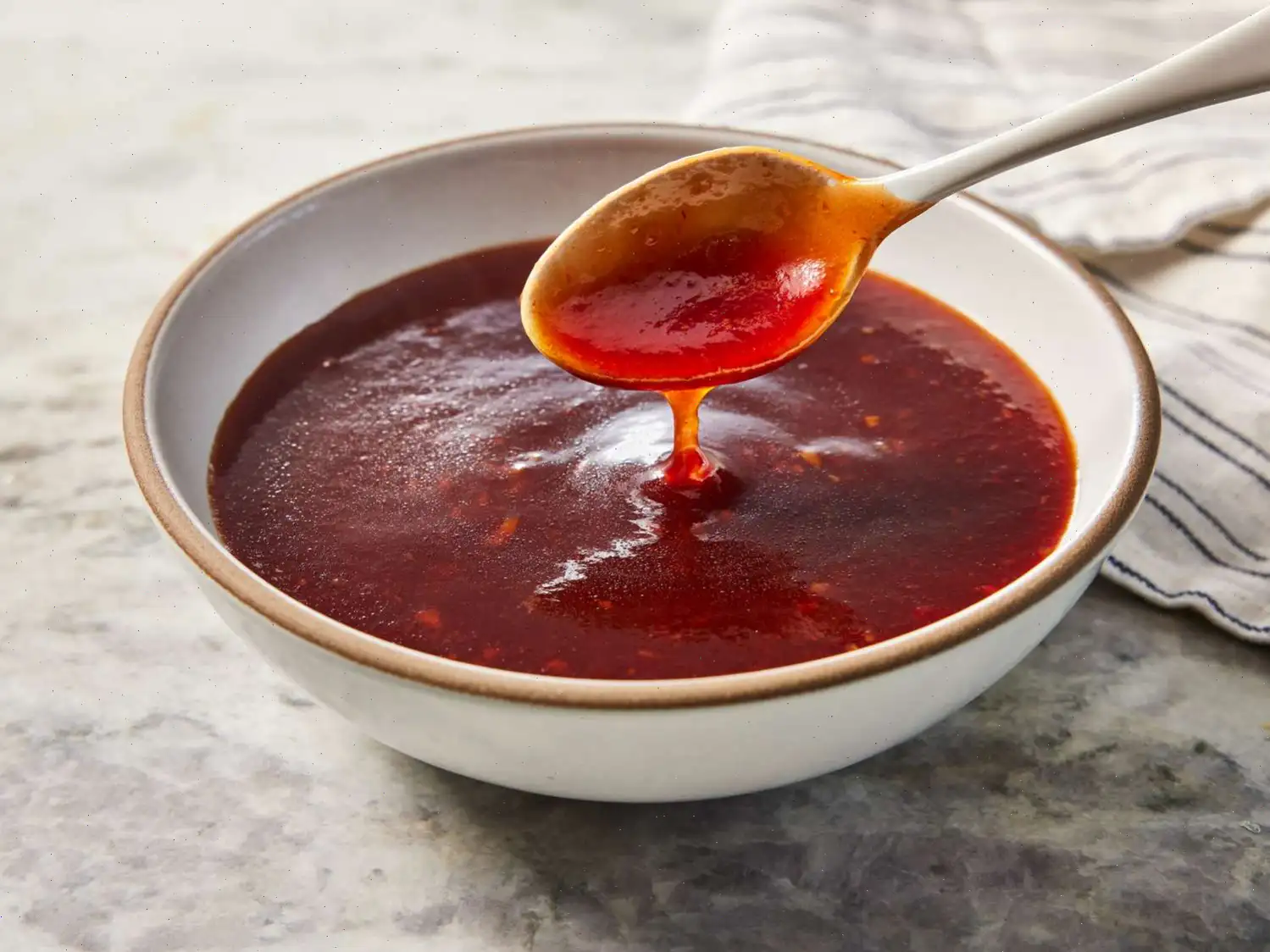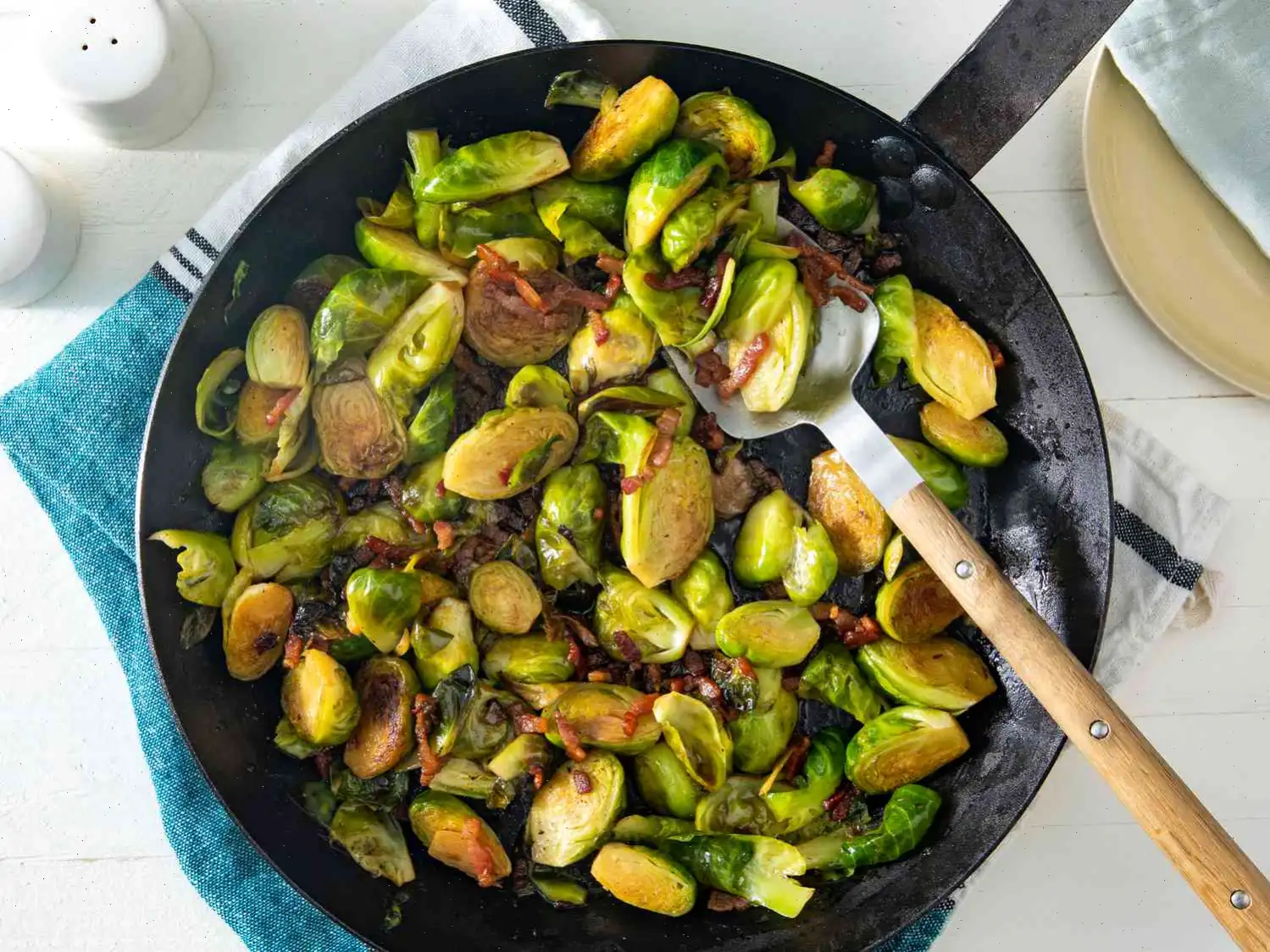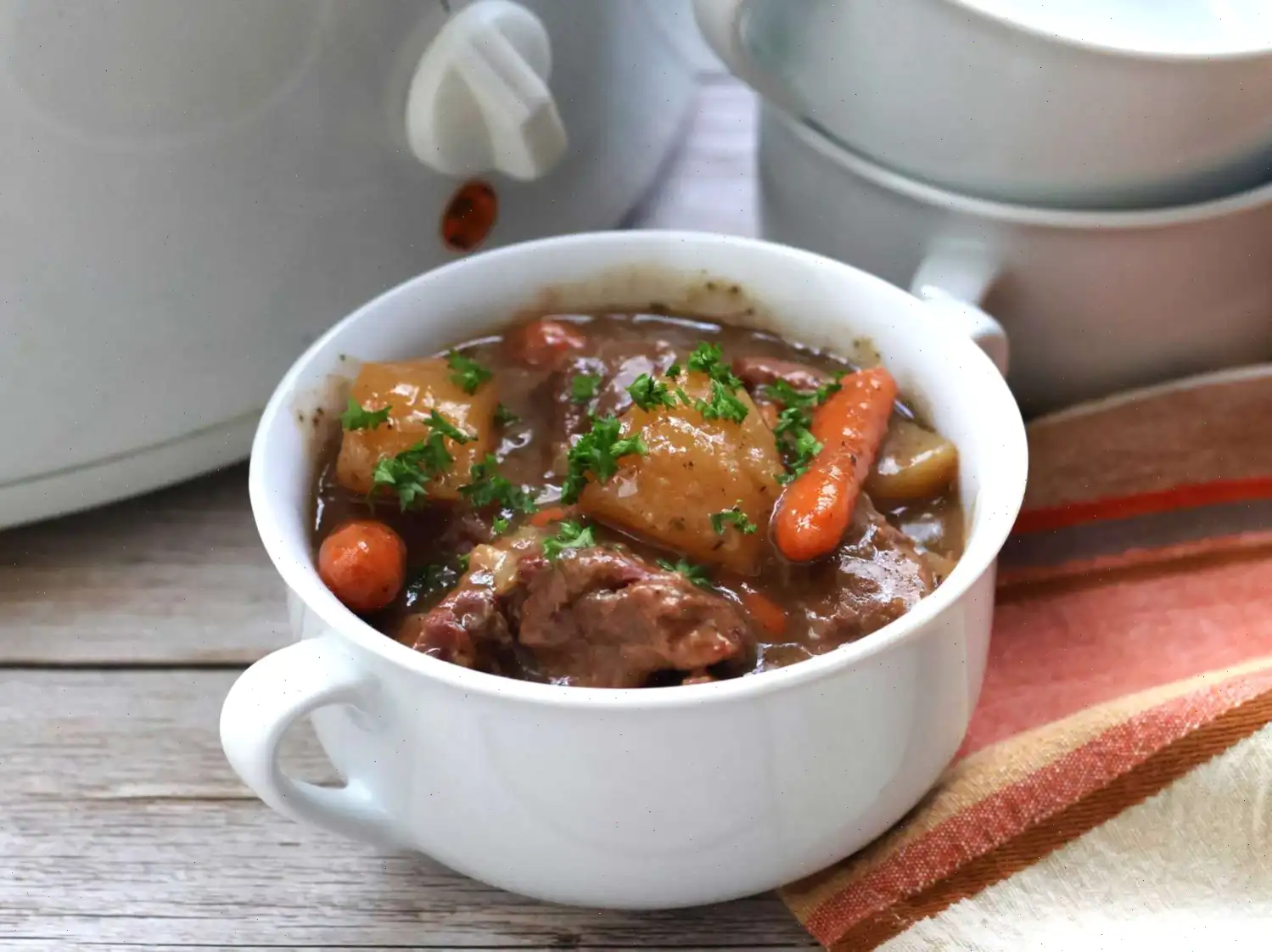
Velveting Chicken Breast, Chinese Restaurant Style Recipe
Ingredients
This recipe was developed at its original yield. Ingredient amounts are automatically adjusted, but cooking times and steps remain unchanged. Note that not all recipes scale perfectly.
- 1 large egg white
- 1 tablespoon Chinese rice vinegar
- 1 tablespoon cornstarch
- 1 teaspoon kosher salt
- 1 pound skinless, boneless chicken breast, thinly sliced
- 8 cups water
- 1 tablespoon peanut oil
Directions
Follow these simple steps for a perfectly velvety chicken dish:
- Step 1: In a large bowl, whisk together the egg white, rice vinegar, cornstarch, and salt until smooth.
- Step 2: Add the sliced chicken to the bowl and mix well to coat the chicken thoroughly with the marinade. Cover with plastic wrap and marinate in the refrigerator for 30 minutes.
- Step 3: In a large pot, bring the water and peanut oil to a boil over high heat.
- Step 4: Reduce the heat to medium. Remove the chicken from the marinade, shaking off any excess marinade, and discard the remaining marinade.
- Step 5: Add the chicken to the boiling water. Cook for about 1 minute until the chicken turns white on the outside but is not completely cooked through.
- Step 6: Drain the chicken and transfer it to a hot, oiled wok or skillet. Continue cooking until the chicken is no longer pink in the center and the juices run clear.
- Step 7: If not using immediately, you can store the parboiled chicken in the refrigerator in a sealed for up to a few hours.
Nutrition Facts
Nutrition data for this recipe includes the full amount of the velveting marinade ingredients. The actual amount of marinade consumed will vary.
| Nutrition Facts (per serving) |
|---|
| Calories: 156 |
| Total Fat: 6g (7% DV) |
| Saturated Fat: 1g (6% DV) |
| Cholesterol: 58mg (19% DV) |
| Sodium: 556mg (24% DV) |
| Total Carbohydrate: 2g (1% DV) |
| Protein: 23g (46% DV) |
| Calcium: 25mg (2% DV) |
| Iron: 1mg (4% DV) |
| Potassium: 160mg (3% DV) |
* Percent Daily Values are based on a 2,000 calorie diet. Your daily values may be higher or lower depending on your calorie needs.

Origin of Velveting Chicken
The technique of "velveting" chicken is a hallmark of Chinese cooking, particularly in American-Chinese restaurants. It was developed to ensure that the meat in stir-fries and other quick-cooked dishes retains a tender, silky texture, even when exposed to high heat. This method involves marinating the chicken in a mixture of egg white, cornstarch, and other ingredients, then briefly blanching it before stir-frying. While velveting is often associated with Chinese cuisine, it has evolved and become popular worldwide, especially in Western adaptations of Chinese food.
Regional Variations
Velveting is widely used in various regions of China, but it is particularly common in Cantonese cuisine, where delicate textures are highly valued. In Cantonese dishes like sweet and sour chicken or kung pao chicken, this technique is often employed to enhance the juiciness and smoothness of the meat. In other regions, like Sichuan, where dishes tend to be more robust and spicy, velveting may be less common, though it is still used in certain recipes for specific meats, including chicken and pork.
How It Differs from Similar Dishes
Velveting differs from traditional marinating in that it does not aim to infuse the meat with flavors. Instead, the focus is on altering the texture of the chicken, making it softer and more tender. Unlike brining, which uses salt water to draw moisture into the meat, velveting uses cornstarch and egg whites to form a protective coating around the chicken, allowing it to retain moisture and prevent toughness during cooking. This results in a silkier, more tender texture that is characteristic of restaurant-style Chinese dishes.
Where Its Typically Served
Velveting chicken is commonly found in Chinese restaurants, particularly those specializing in Cantonese or American-Chinese cuisine. It is often served as part of a stir-fry dish or in a Chinese takeout box alongside vegetables, rice, or noodles. This technique is also used for other meats, such as beef, pork, and even fish, to achieve a tender texture in various stir-fry dishes.
Interesting Facts
- The term "velveting" comes from the smooth, silky texture that the chicken achieves after the cooking process.
- Velveting is a common practice in Chinese kitchens but was brought to the United States and became a popular technique in Chinese-American restaurants in the 1970s and 1980s.
- Though traditionally used for chicken, this technique can also be applied to beef, pork, and even tofu, creating a versatile texture for different types of stir-fry dishes.
- The key to success with velveting is to ensure the water temperature is high enough when blanching the chicken. If the water cools down too much, the chicken will not cook properly and could become tough.
Conclusion
Velveting chicken is a simple but effective technique that transforms the texture of the meat, making it tender and juicy, just like the chicken you would find in a Chinese restaurant. Whether you're preparing a stir-fry at home or looking to recreate your favorite takeout dishes, using the velveting technique will elevate your cooking to restaurant-quality levels. Experiment with different meats and flavors to truly master this essential Chinese culinary skill.
You can listen to this recipe in AI audio format. Simply click the play button below to listen to the content in a format that suits you best. It’s a great way to absorb information on the go!
FAQ about Velveting Chicken Breast, Chinese Restaurant Style Recipe
Comments
Angels
10/06/2025 01:52:54 PM
I am wondering why someone would rate this recipe without trying it first. I tried this for the first time and it came out perfect. One of the reviewers said that the directions were incomplete?? Another one said that it came out chewy ? Hmmmm, i guess it depends how Long you have been cooking :) Anyways, I really enjoyed this recipe and will definitely do it every time I make a stir fry thank you !!
Tome Trajkovski
03/24/2018 09:38:53 PM
Velveting is an excellent technique and a must for making the closest one can get to how the better American Chinese restaurants achieve their excellent results. When I was a very young cook I worked in a bistro. One of our very popular dishes was a basic chicken stir fry made with mushrooms, onions, and pea pods served over rice pilaf. Customers loved it. It was a very simply dish and the reason why is because we did a simpler modified velveting to the chicken we used. We cut chicken breasts into about 1 inch cubes. Then we made a basic velveting slurry with cornstarch, salt, wine, and a bit of cognac. The chicken was mixed into the slurry and portioned and then refridgerated for the lunch rush. Over the many years I had forgotten about velveting until I remembered it years later. I now use a very similar basic velveting recipe of cornstarch with a good wine, fortified wine, of mix some good wine with cognac to fortify it yourself. Once you have the basic recipe you can then experiment with other flavors of seasoning or alcohols. The basic 30 minute "marinate" time allows the chemistry of the velveting mix to do it's magic. An important thing to remember about velveting is that this not a traditional marinade where the meat sits in a distinct liquid. And, velveting is not brining. In brining the liquid is made extremely salty on purpose. The reason is to create a highly saline solution that has a much higher salinity than the meat being brined. The rea
Janua Jarrett
03/04/2018 03:29:49 AM
This recipe gives a texture to the chicken that tastes just like Chinese take out! I have made this for my family three times and every time we have zero leftovers. I brown the chicken in a skillet, add homemade sauce and par boiled broccoli. It’s absolutely perfect and I’m happy to have stumbled on this fantastic trick! It saves so much money NOT ORDERING TAKE OUT!
Hechticmom
01/02/2018 09:07:53 PM
I made the recipe exactly as written. I cooked it for one minute after returning the water to a boil. I sautéed onions and added the chicken pieces. Then I combined with homemade stir fry sauce and added parboiled broccoli. The texture is AMAZING! Just like a good Chinese takeout. YUM! Will make again :)
Fari
02/15/2020 06:17:51 AM
This technique is a total game changer. I tried it on cubed chicken in chicken tikka masala and got amazing results. I actually made two batches cooked in the exact same gravy. The non-velveted chicken did not even come close to the moistness of the velveted chicken. Thank you for posting this!!
Kristi Conley
01/15/2019 07:43:24 PM
First of all, DON'T WALK AWAY FROM THE STOVE ONCE THE MEAT IS BOILING. That said, this is the best thing since Chinese take out. REALLY. However, I made some changes to the recipe. I didn't have rice vinegar so I used white vinegar. I didn't have peanut oil, so I used olive oil. I figured vinegar is vinegar and oil is oil when your going to rinse it off anyway, or use it in boiling water. The changes did not change the outcome. I've always wondered how they made the beef and pork so, well, velvety. Now I know and I'll never not use this for Chinese cuisine, any recipe with sliced beef or pork again. I actually velveted beef, pork, and chicken. It worked famously!!!! I was planning to make pork fried rice and now I can't wait!
BigDreamer
01/28/2018 01:29:16 AM
This is a great technique, new to me. Imade a misteak the first time in that when I added the chicken to the water it dropped the temperature too quick that meant it had to stay more than a minute to get back to boiling, which caused a little toughness. When I did it the second time I worked with smaller batches - the temperature stayed High, and the chicken was perfect. Really is like Chinese takeout!
memyhusband4
03/15/2019 01:52:45 PM
This was just like the Chinese restaurant chicken!! Wonderful!! Instead of the vinegar, I used cooking sherry and it was fabulous!! When I stir fried it, I added a little more salt and a sprinkle of garlic powder and that took it to the next level. I will definitely be making this often!!
Bob Timpe
07/15/2023 01:52:25 PM
I will sometimes pound the chicken slices out a little with a meat mallet, before adding to the merinade.
Richard
09/26/2023 05:33:35 PM
If the chicken came out tough, your wok was probably not hot enough. Also par-boil any veggies first. Now you have equalized the cooking time of all your ingredients. My stir-fry for two people takes only a few minutes.
Kelly Garcia
03/16/2019 09:59:01 PM
I wasn’t sure at first, but this turned out amazing. Full of flavor, easy to make, and everyone loved it. It’s going into my permanent recipe collection for sure.
Kimberly Lee
04/17/2025 12:18:11 PM
I love how versatile it is.
GentleHash7358
03/29/2025 06:06:20 PM
velveting is well worth it i used chicken thigh meat for price and flavour
Joy Fowler
01/03/2025 07:37:39 PM
How could anyone not like this? The very thing for tender chicken to add to any recipe! Genuinely a go-to recipe!
John Gullage
12/13/2024 07:47:44 PM
real tender just like chinese restaurant,great in stir fry
Mary'd it
12/02/2024 11:32:25 PM
Although my stir fry chicken was never tough, my husband always thought it was. Ugh. When I found this method, his opinion has definitely improved. Chicken, Chinese restaurant style.
Brutus
08/17/2023 06:58:15 PM
Ya I don’t get it people giving bad reviews without trying or changing the whole recipe and then not liking it. I’ve made this exact to the recipe and loved the way it came out. So I looked up the recipe again so I can make it for my stir fry tonight.
Shelby Breckenridge
06/04/2022 05:10:45 PM
I think this helped a little to keep the chicken from drying out too much, but it, by no means, would I consider it moist....I was also careful not to over cook the chicken, to be sure I could tell if it helped.
ilovemykids99
04/13/2022 10:39:42 PM
I can't believe how easy and tasty this is! Just made it for a stir fry and it was perfect!
Dee
03/19/2022 02:08:16 AM
I tried it with pork slices. Also used regular canola oil instead of peanut. Usually the pork comes out dryer and overdone when I fry the slices but after the velveting they were moist and not hard. Next time I'll try it with beef strips and if it works, hubby will finally quit telling me "not to overcook them".


